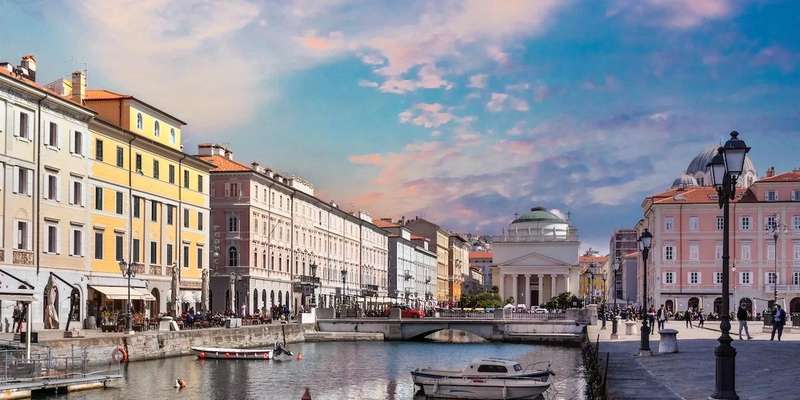- Home
- Useful Tips
- Getting from Trieste cruise...
Arriving at Trieste cruise port presents an immediate challenge for over 200,000 annual visitors – the disconnect between the industrial docking area and the city's cultural heart. Many travelers waste precious vacation time deciphering transport options, with 43% reporting stress about missing limited-time attractions due to poor connections. The port's layout creates confusion, as main terminals sit 2.5km from Piazza Unità d'Italia, leaving tourists vulnerable to inflated taxi fares or exhausting uphill walks. This accessibility gap matters profoundly when 68% of Mediterranean cruise itineraries allow just 6-8 hours ashore, making every minute count for seeing Trieste's Venetian canals, Roman theater, and Habsburg-era cafes.


Navigating the port area – avoiding common orientation mistakes
The sprawling Trieste Maritime Terminal often disorients first-time visitors, with multiple docking positions stretching across 1.5km of waterfront. Unlike compact Mediterranean ports, here you'll need to identify your specific berth – look for numbered signs or ask crew members before disembarking. The Stazione Marittima main terminal offers the most straightforward access, but ships occasionally dock at smaller Satellite piers requiring shuttle transfers. A critical local insight: head toward the red-and-white striped lighthouse as your visual landmark for the city center direction. Beware of unofficial 'guides' near the terminals; instead, seek uniformed port staff for free maps. Those with mobility challenges should note the gradual incline from sea level to the city – what appears walkable on a map becomes strenuous under the Adriatic sun.
Your three best walking routes – scenic and efficient paths
Walking from port to city center rewards the able-bodied with Trieste's layered history, but route selection makes all the difference. The most photogenic option follows the Riva III Novembre waterfront promenade past the 19th-century warehouses, offering sea breezes and glimpses of Miramare Castle. For speed, locals use the Via Torino cut-through – a 25-minute direct path passing the Stock Exchange building's neoclassical grandeur. Those seeking shade in summer months should take the tree-lined Via Carducci, detouring past the Roman Arch of Riccardo. Smart walkers time their return journey with the 4pm passeggiata when Triestinos flood the streets for their evening stroll. Remember: comfortable shoes are non-negotiable as the city's karst stone pavements prove unforgiving in sandals.
Public transport hacks – buses and tickets without the hassle
Trieste's bus system provides affordable access if you understand its quirks. Line 8 runs every 20 minutes from the port's Piazza Libertà stop directly to the city center, but purchasing tickets requires forethought – tabacchi shops near the terminal sell €1.35 single rides, while drivers only accept exact change. Savvy travelers download the TriesteTrasporti app to buy mobile tickets and track real-time arrivals. An often-overlooked option: the Opicina tramway's lower station sits just 400m from the port, offering both transportation and stunning hilltop views. Groups should consider the 24-hour group pass (€10.50) valid on all urban routes. Watch for the 'C' designation on bus stops indicating circular routes that return to the port area – a safety net for anxious cruisers watching the clock.
When to splurge on taxis – money-saving alternatives to consider
While taxis offer door-to-door convenience from Trieste cruise port, their €15-20 standard fare gives pause to budget-conscious travelers. The secret lies in strategic use: sharing a cab with fellow passengers splits costs significantly, especially for groups heading to hilltop attractions like San Giusto Castle. Licensed taxis display 'Comune di Trieste' markings – avoid unmarked cars quoting flat rates. For a hybrid approach, walk 10 minutes beyond the port perimeter to hail street taxis at lower metered rates. Those with afternoon departures can maximize morning exploration by storing luggage at the train station (€6/bag) rather than paying for round-trip port transfers. Private transfers become cost-effective for families when pre-booked through reputable services, often including child seats and meet-and-greet assistance unavailable with standard cabs.



